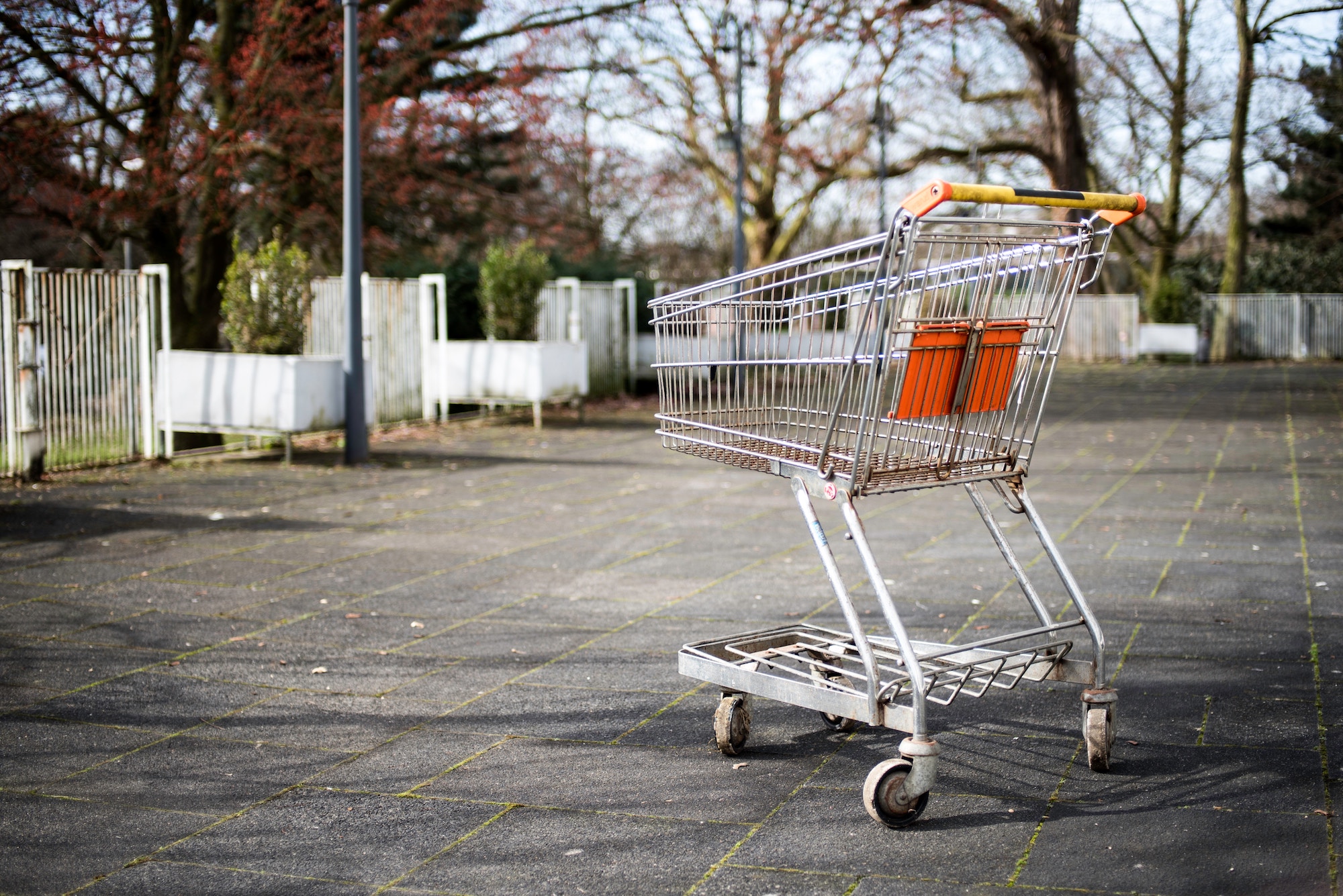The 100-year Honeymoon is Over
Until a few years ago, Australia’s supermarkets enjoyed a century of trading nirvana, isolated from operationally excellent global competitors. The Coles-Woolworths-Metcash trio dictated their own rules to consumers. Prices were high and the product range limited, with a drift towards low-quality home brands, to keep stacking margins.
Bloated and inefficient operational structures had little consequence, as they were masked by solid gross profits. This doesn’t indicate that Coles and Woolworths were inept, the lack of real competition simply meant that they didn’t have to be overly disciplined.
Fortunately for shoppers, Aldi and Costo arrived down under and shook up the cosy system – fundamentally changing the game for Coles and Woolworths. They offer customers much lower prices and greater product choice, and they do it with ease.
With the Kaufland chain also set to open down under in 2019, the easy run has come to an end for local grocers. Just a glance at the headlines shows the pain and strain they now suffer, and it will only get worse. Quite understandably they have embarked on a frantic search for answers. Unfortunately, in the process they’ve embraced all kinds of gimmicks, trying to avoid what actually needs to be done: a lot of hard work to achieve operational excellence.
In my assessment, this behaviour stems from two factors: a misunderstanding of the true nature of the supermarket game, and the (well justified) fear of the immense transformation required to change internal culture, the prerequisite for operational excellence. If the nature of the business was well understood, many of the misdirected ‘improvement’ initiatives would’ve been nipped in the bud, freeing up resources to drive the required evolution.
Examples of the abovementioned misguided ideas abound, and expansion into the online space qualifies as the undisputed winner.
Coles and Woolworths keep pouring money into e-commerce, ignoring the facts on the ground showing that the battle for customer loyalty in the grocery sector has nothing to do with online shopping, or lack thereof. The war wages on the product and price front, in direct relation to sourcing and operating costs.
Yet, the AFR recently reported that Coles intends to increase its capital expenditure. Given that a part of Coles’ inability to compete on price with Aldi, Costco, and soon Kaufland stems from its sunk costs and high past capital expenditure, this won’t help.
As a part of their post-demerger strategy, Coles also intends to spend more on Flybuys, the Spruce Goose of loyalty programs. A few decades down the track, I’m yet to see statistics that prove the effectiveness of this program. Looks like a money black hole to me.
Another issue plaguing Coles, which directly affects its customers: a poor (91.5%) service level and a loose ambition to be “closer to 100%”. In comparison, an operationally excellent business would have precise clarity about its required service levels, which need to differ and be managed by category rather than as a bulk number.
Finally, the outgoing Coles’ CEO recently commented about “promotional madness” in the sector. Yet, promotions form a core element of the supermarket game. The reason Coles lost control in this area seems to come from the use of promotions to drive sales. Promotions in supermarkets must be used to generate a steady flow of customers, not to grab extra cash, with painful gross profit consequences and damage to the brand.
On the other side of the trench, the AFR reported that Woolworths also intends to reduce its discounting and instead “focus on convenience” by increasing the overall range by 30%, fine-tuned to catchment areas. Convenience in the supermarket industry means good locations and long opening hours. Neither can be easily changed, so I am at loss here as to what the additional focus can be?
In my assessment, Woolworths and Coles had no choice but to stop discounting, because their high-cost base makes it impossible to sustain low prices. The planned range expansion at Woolworths may boost sales, but it will also increase logistics costs.
Woolworths also stated that they will work on “reducing friction at transaction points”, by e.g. introducing voice ordering. Sounds lovely, but what difference can it make if the cost structure of the business itself prevents it from competing in an effective way? Then we keep hearing about growth in the online business (high cost again) and, in parallel, we all continue to suffer at self-checkouts (more cash burned, with unfathomable shrinkage).
FYI, Aldi has no loyalty program, no voice ordering, no online store, no self-checkouts and it continues to take market share from Woolworths and Coles while decimating the independents. What compounding effect will Kaulfland (and Lidl later on) add to this equation?
But, then you may ask: why couldn’t Coles simply open a chain of Aldi-like stores to counter their expansion? Insightfully, they tried and failed repetitively in such an endeavour – remember the Price Point and then Bi-Lo fiascos? Running a lean, operationally efficient supermarket comes with a plethora of massive challenges, including integrating the required disciplines into the Australian business culture.
However, operational excellence, even if achieved, won’t be enough unless the funds and efforts go in the right direction. Over the years, it became apparent to me that many supermarket operators in Australia fail to appreciate the true nature of their own businesses. I’ve written extensively about this common misunderstanding – falling into the trap of seeing themselves as a chain of retail shops. When this happens, all kinds of impractical and destructive ideas emerge, damaging the business.
Rather than retail shops, supermarkets must be seen as warehouses open to the public, where customers do their own selection, their own picking, packing, and deliveries. Needless to add: at their own cost, using their own, ‘free’ time. If supermarket executives view their business this way, they will optimise their open-to-the-public-warehouse accordingly.
Any supermarket that attempts to take the above warehouse-like functions away from the consumer automatically prices itself out of the market. This starkly explains why money cannot be made in online grocery sales. In addition to the elevated costs of each sale, frozen and refrigerated items can’t really be delivered, fresh produce can’t be personally picked (and quality matters in this category) and the general weight of dry groceries combined with their low value and margin make them not worth shipping.
Despite its romance, omni-channel retailing for supermarkets makes little sense in 2018, and it will stay this way for the near future. In fact, I dare to recommend that for most grocers, staying clear of online selling would be a wise decision.
The future in the supermarkets space belongs to retailers who have low operating costs, so they can withstand occasional headwinds and react with agility to ongoing changes in the marketplace.
A caveat to the above, low operating costs doesn’t mean a race to the bottom. Moving away from quality merchandise and narrowing the range in order to save a few cents will progressively destroy the brand. Low operating costs must be achieved through an operationally excellent business, not in the procurement area. Suppliers play a key part in the supermarkets ecosystem and putting them under stress only causes suffering for everyone else downstream.
As the century-long honeymoon comes to an end, the Australian supermarket industry must learn the art of savvy frugality if they want their relationship with the Australian public to continue. They also need to finally recognise the true nature of their business and act accordingly. Otherwise, they will resemble the Titanic, where the band also played to the very end.






